Yoshikatsu Fujii exhibition “Hiroshima Graph – Everlasting Flow” August 1 – 23
Reminders Photography Stronghold is pleased to present Yoshikatsu Fujii’’s photo exhibition “Hiroshima Graph – Everlasting Flow” from August 1st to 23rd, 2020.
In October 2015 Fujii moved back to his hometown Hiroshima from Tokyo to engage in his long-term research project called “Hiroshima Graph.” Seen through the eyes of a third-generation atomic bomb victim in Hiroshima city, the photo series attempts to shed new light on the disappearing traces from the war, so as to pass it on to the future generation.
In “Everlasting flow,” the next work of “Rabbits abandon their children” in the “Hiroshima Graph” series, he starts from the history of the atomic bombing of Hiroshima and combines the personal experience of his grandmother with archival images and photos he took on his trip to revisit the site of the bombing. In doing so, he attempts to explore the ways in which individuals hide traumatic memories, and how those traumas are nonetheless passed on to the next generation.
We will take orders for the artist photobook “Hiroshima Graph – Everlasting Flow” during the exhibition. We will update posts for further information on Facebook etc. Please stay tuned.
Exhibition Outline
Date: November August 1st to 23rd, 2020.
Opening hours: 1pm – 7pm
Venue: Reminders Photography Stronghold
*Opening reception and artist talk from 6pm on August 1st
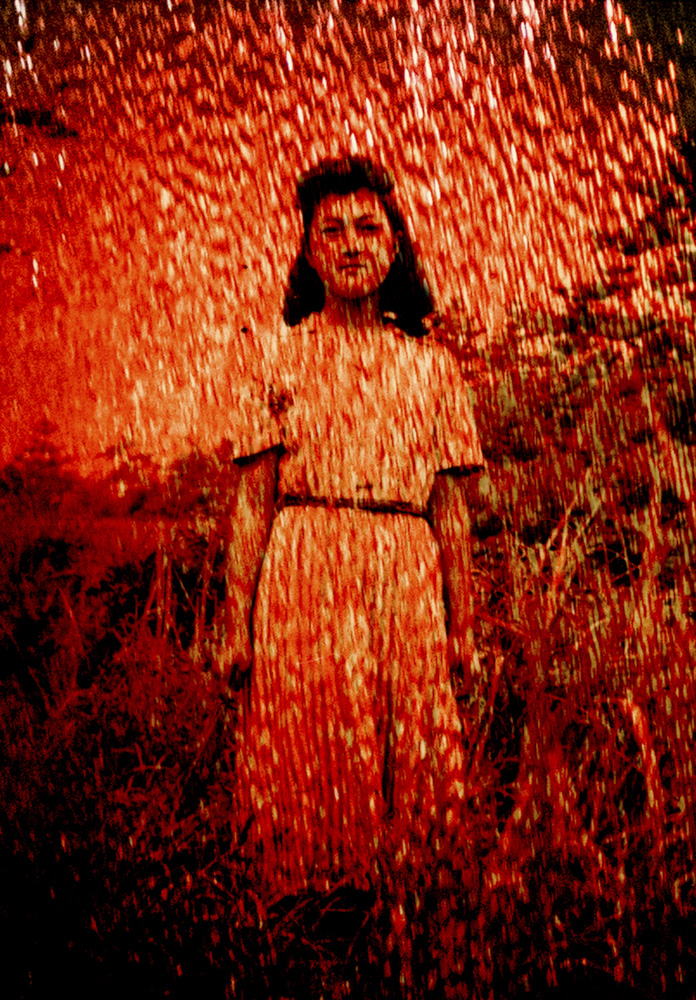
©︎Yoshikatsu Fujii / Hiroshima Graph – Everlasting Flow
On an early midsummer morning, from a clear, pure blue sky, a single bomb was dropped.
In an instant, the town was transformed into a sea of fire and lost everything.
Even now, more than 70 years after that day, people are still suffering from diseases caused by the atomic bomb. And the concern that those diseases may be passed on continues to instill fear in countless generations. From that day, the citizens of Hiroshima have continued to bear that heavy cross which they will never be allowed to set down.
After the War, as the leading Peace Memorial City, Hiroshima has arranged for some bomb survivors to become storytellers, and their tragic experiences have been delivered to people around the world. However, many other survivors like my grandmother, who is now over 90 years old, have mostly not talked about their own experience of the bombing or the struggles that they had to face after the war with their families.
In addition to the feeling that they don’t want to remember, they also say that they feel guilty that they are able to continue their lives while others cannot.
However, I am here now because my grandmother miraculously survived. As testimony to the history that Hiroshima carries, as an important testimony that needs to be carried on to the next generation, I must carry on my grandmother’s story.
To this day, the number of people who have lost their lives due to the atomic bomb has not been able to be accurately described. There is also data that there were 350,000 people including citizens and soldiers in Hiroshima at the time of the bombing, and about 140,000 people had lost their lives by the end of December 1945.
It is said that about 50% of people who were bombed within 1.2 km of ground zero did not survive till the end of that day. On top of that, it is estimated that 80 to 100% of the people who were in regions close to the center of the explosion died. Furthermore, it is indicated that the rate of mortality was high among those who, despite being able to survive the initial blast and live past that day, had suffered major traumatic injuries by being bombed at a close distance.
My grandmother survived the 50% odds, as she was at her home at the time of the bombing, just 1.2 km from ground zero. “They could have survived if they were at such and such place then,” or “They died because they were doing such and such”; when such tiny things ended up deciding a person’s fate, my grandmother just barely survived. Just by looking at the data, one cannot even begin imagine my grandmother’s gravely sorrowful the expression as she talked about the people that she could have saved.
It seems she used to have many more scars apart from the large scar on her left leg. But now, they seem to have become indistinguishable from her wrinkles. As long as one doesn’t see her left leg, perhaps no one would even know that she is a hibakusha, a survivor of that bombing. And similarly, in the present day with skyscrapers lining the streets of Hiroshima and with the chance to hear the personal experiences directly from the hibakusha also decreasing, it is hard to grasp what happened more than 70 years ago.
However even now, there are people who bear illnesses and health problems due to the effects of the atomic bombs, and there are people who have faced discrimination regarding marriages and employment. And despite being told many times over that the inheritance of A-bomb-related illnesses cannot be medically proven, us descendants of the hibakusha still feel trapped by an obscure unease. All of those are the memories of Hiroshima, and so are the histories of our families and my grandmother, all of which must be recorded to tell all nations about the horrors of nuclear weapons.
Suppressing the pain and the anguish that comes with recollecting those memories, my grandmother talked about those memories for me and for future generations. With all my love and respect for her, I will bequeath this work for the generations who are yet to come. Lest we forget the wounds borne and the pain in the hearts that hibakusha have endured.
Yoshikatsu Fujii
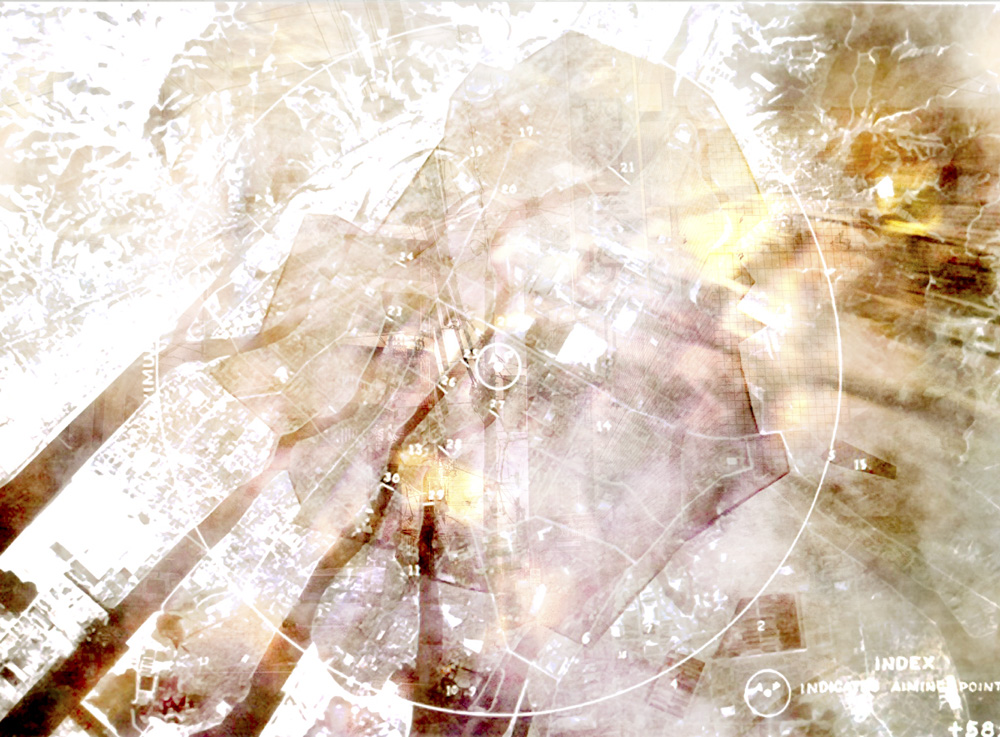
©︎Yoshikatsu Fujii / Hiroshima Graph – Everlasting Flow
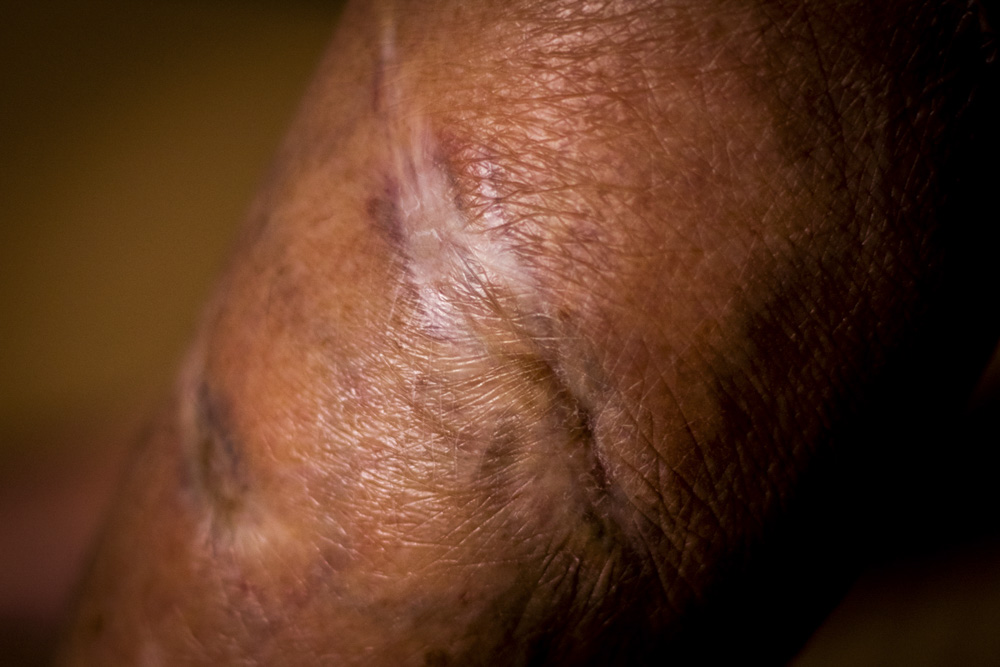
©︎Yoshikatsu Fujii / Hiroshima Graph – Everlasting Flow
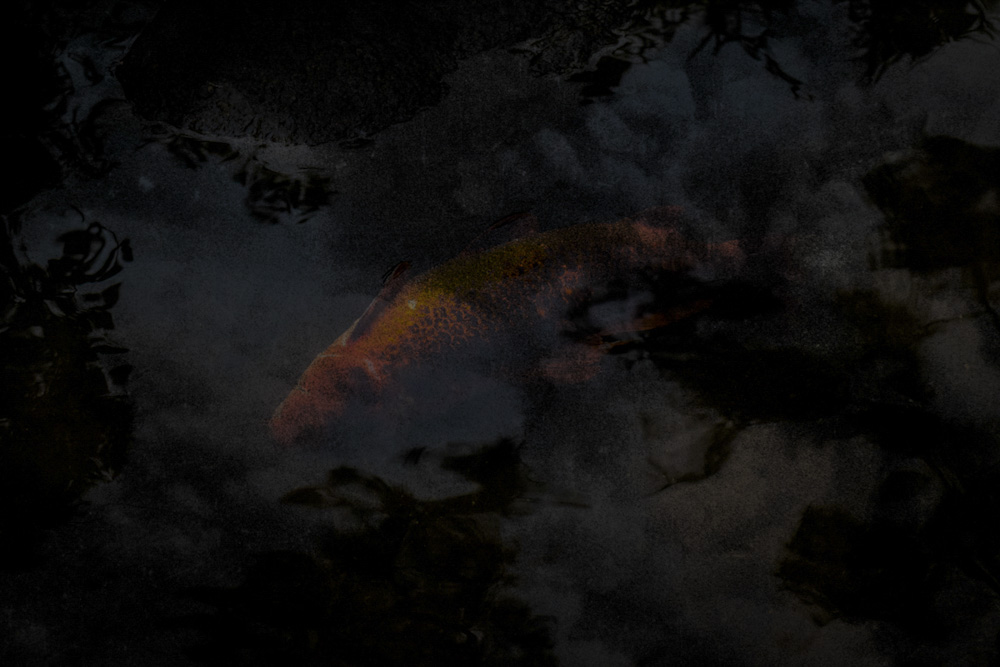
©︎Yoshikatsu Fujii / Hiroshima Graph – Everlasting Flow
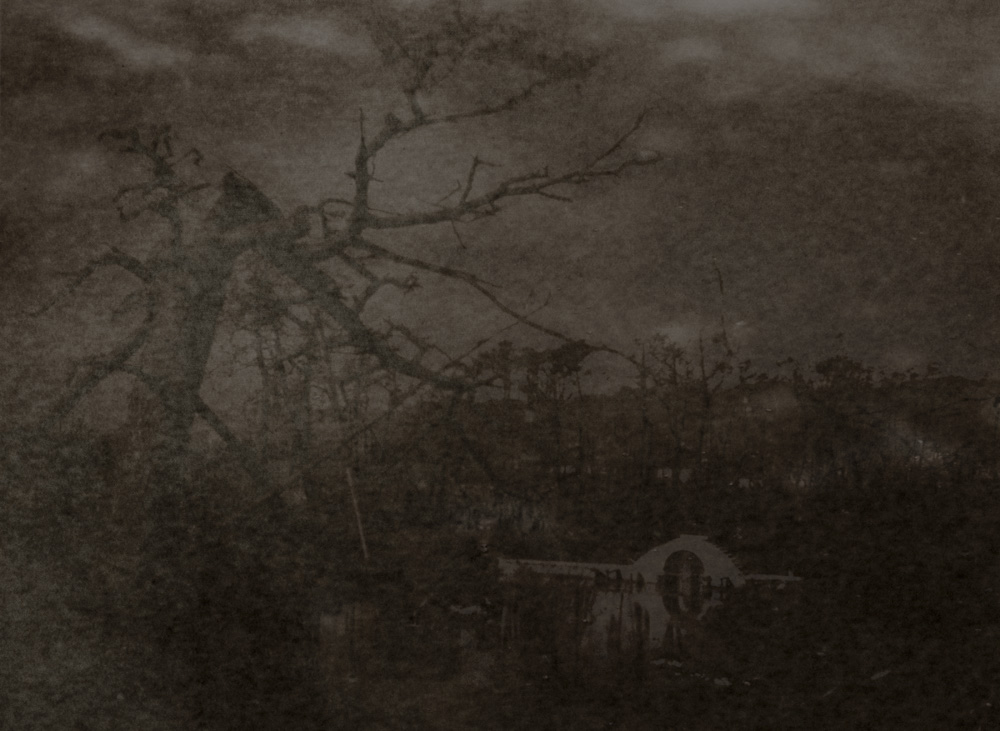
©︎Yoshikatsu Fujii / Hiroshima Graph – Everlasting Flow
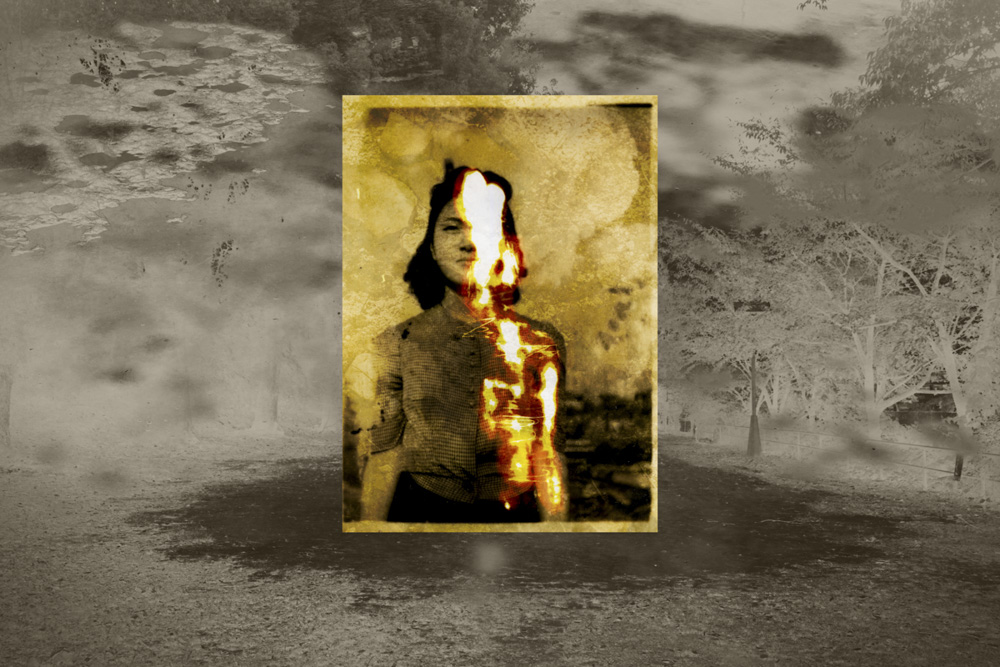
©︎Yoshikatsu Fujii / Hiroshima Graph – Everlasting Flow
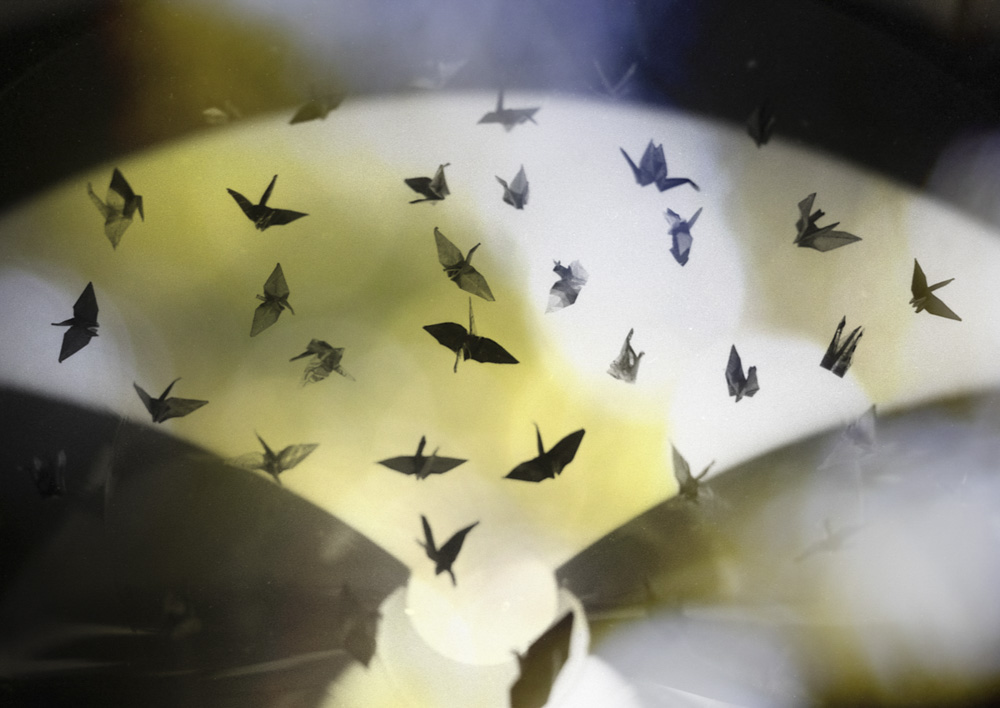
©︎Yoshikatsu Fujii / Hiroshima Graph – Everlasting Flow
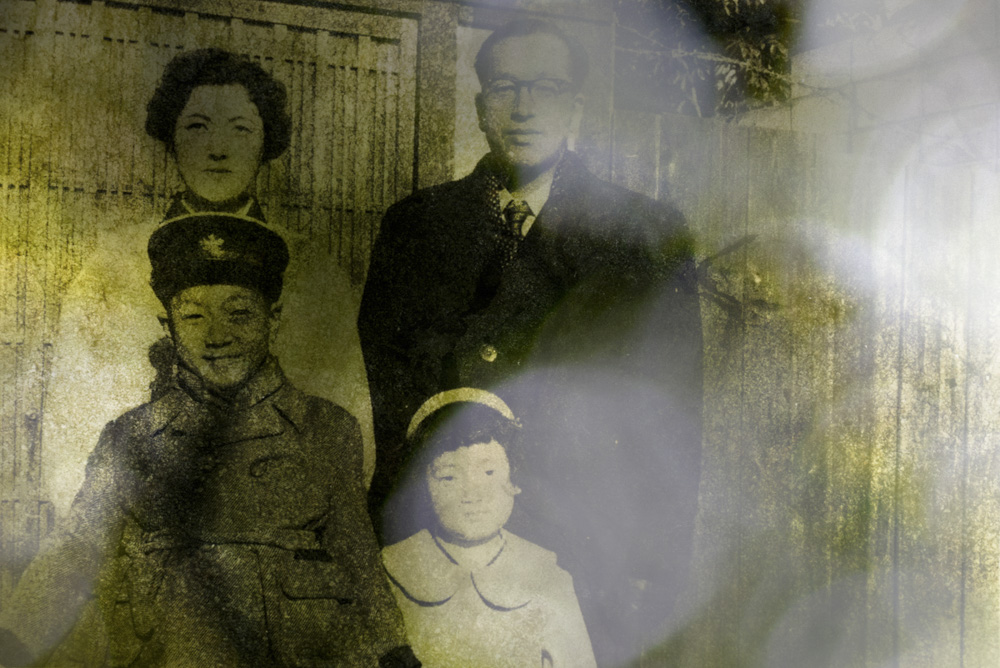
©︎Yoshikatsu Fujii / Hiroshima Graph – Everlasting Flow
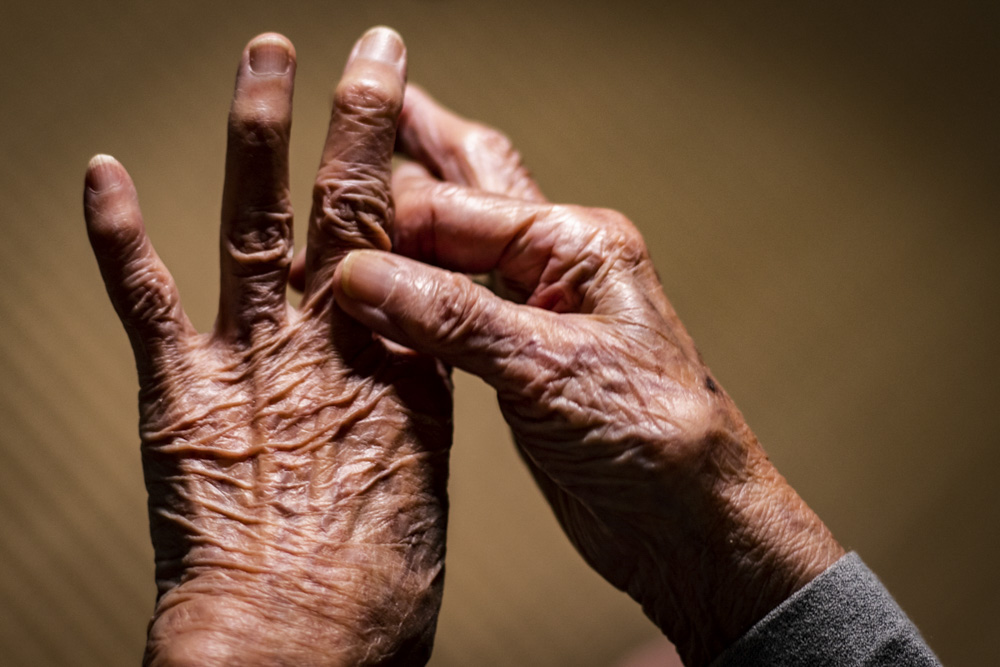
©︎Yoshikatsu Fujii / Hiroshima Graph – Everlasting Flow
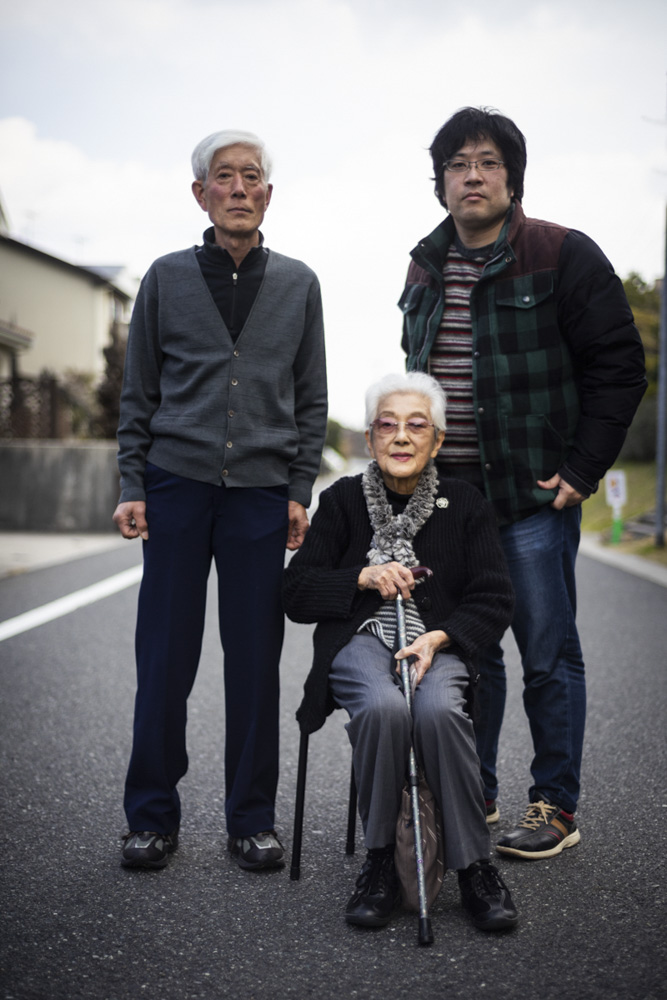
©︎Yoshikatsu Fujii / Hiroshima Graph – Everlasting Flow
Profile | Yoshikatsu Fujii
Born and raised in Hiroshima City. Graduated from Tokyo Zokei University of Arts with BA in Art Film. He began photography work in Tokyo in 2006. His photographic works often deal with historical themes and memory lingering on in contemporary events. His works were exhibited at the Phoenix Art Museum (USA), Delhi Photo Festival (India), Getty Images Gallery (London, UK), Chobi Mela International Festival of Photography (Dhaka, Bangladesh), Jimei × Arles International Photo Festival (Xiamen, China), BredaPhoto Festival (Breda, Netherlands) and PHOTO 2020 (Melbourne, Australia) ,etc.
Fujii’s project “Red String,” was highly inspired by his parents’ divorce, produced a hand-made limited edition photobook. Nominated for several awards, including the Paris Photo-Aperture Foundation Photobook Awards. The book has been named as one of the best photobooks of 2014 by contributors to numerous publications including TIME magazine.
His photobooks both “Red String” and “Hiroshima Graph – Rabbits abandon their children” are owned by The Museum of Modern Art in New York Library.
